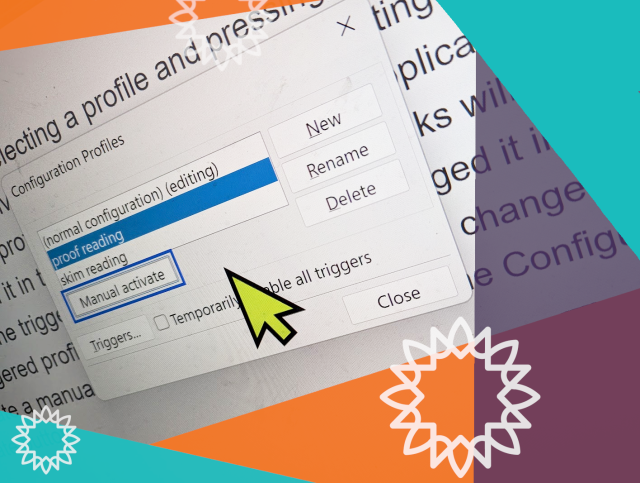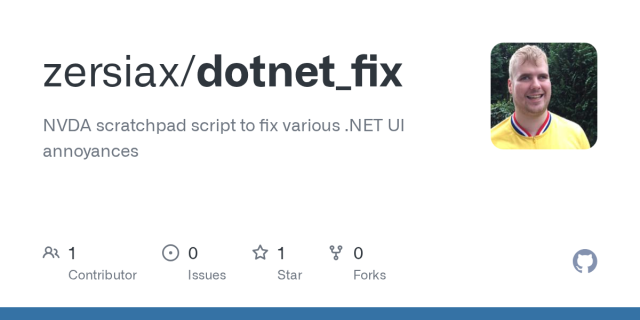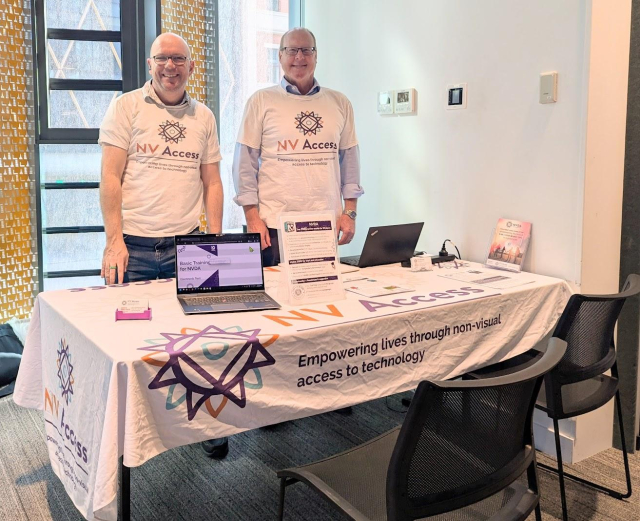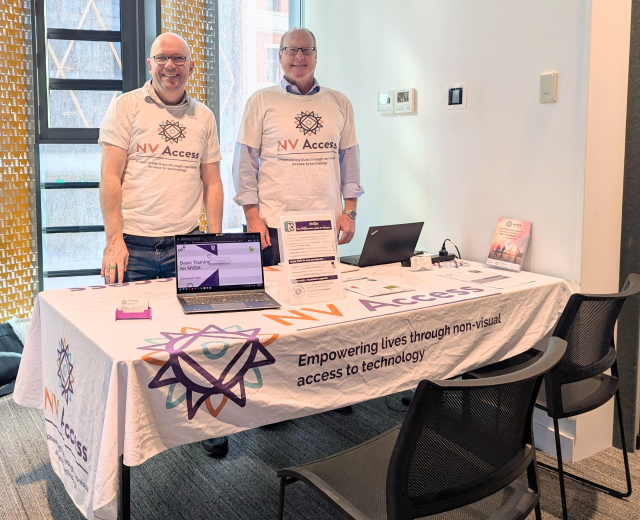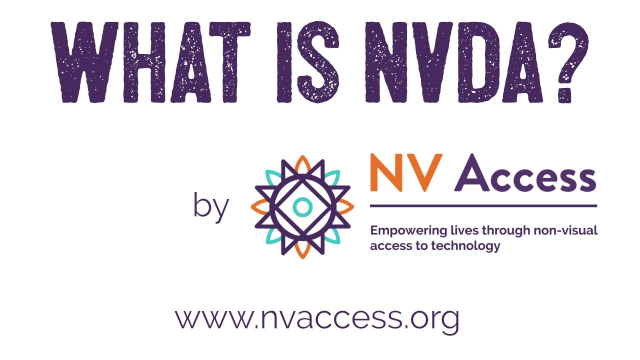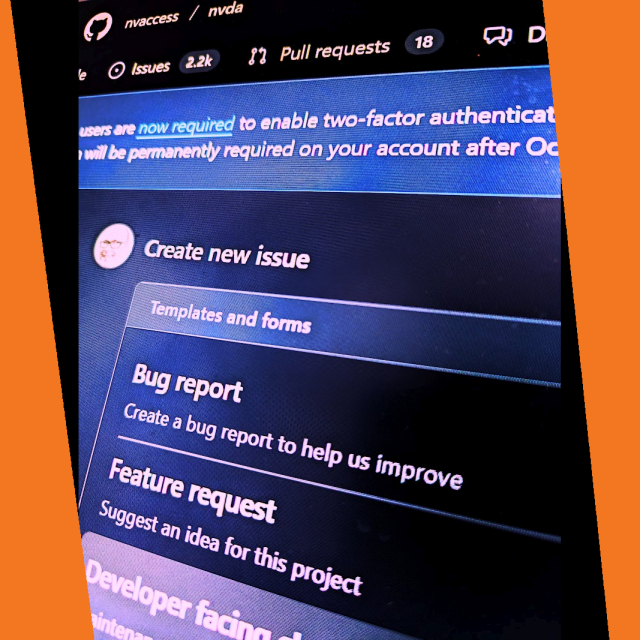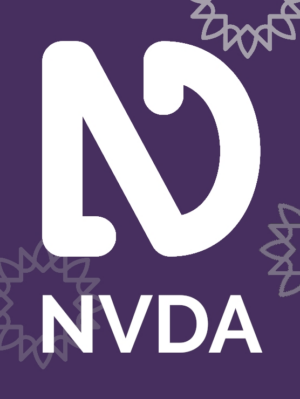As a full-time #
JAWS user who uses #
NVDA only for testing and when JAWS really can't cope with an element, I simply didn't think about this issue but now it makes me laugh and cringe at the same time, as it was raised in a YouTube stream about NVDA I've recently seen.
In JAWS, when you script something, you may assign a keystroke to your scripts, and as soon as you do that, JAWS will warn you about a conflict if the keystroke has already been assigned.
In NVDA however, if, say, user A develops an addon that does a thing and assigns Ctrl+Insert+1 to it, then user B develops another addon that does another thing, an absolutely different one, and assigns Ctrl+Insert+1 to it also, guess what happens when user C installs both?
Hold your breath…
It's random! Apparently, the addon installed later overwrites the keystroke, but you as an end-user press a key, expecting, metaphorically, to get a cup of cappuccino, but you get all your windows in the whole house open, because NVDA doesn't warn devs that another addon has this key already assigned! And how can it, probably, since there are tons of addons? Anyway, I'm sure it's possible but, I mean… hahahaha (sorry).
And guess what? There is another addon that allows you (as an end-user!) to check duplicates and reassign whatever you need.
Phew! I mean… no comments, other than splendors and miseries of #
OpenSource (yes, I know, you're mad at me, I repeat this phrase every day, but I will do it more, as it expresses the state of things perfectly).
#
Accessibility #
ScreenReader
